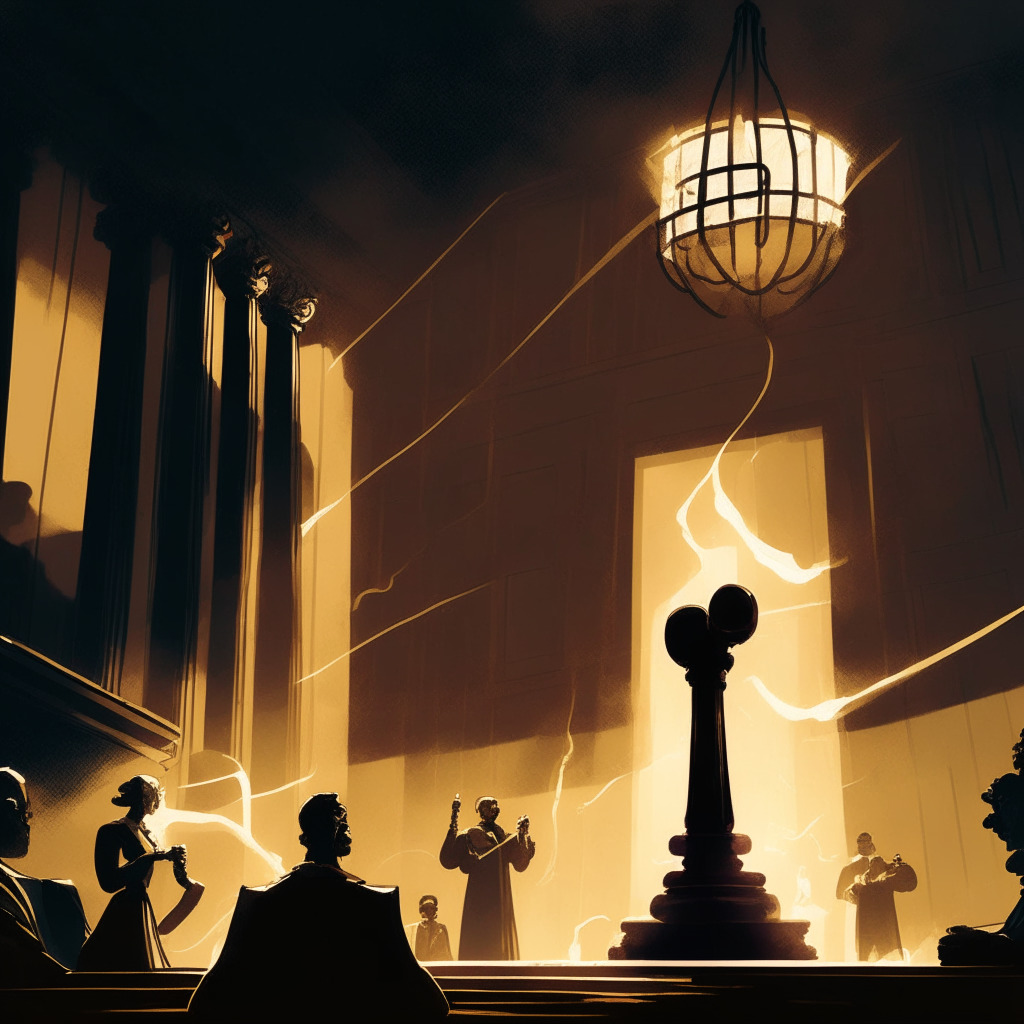A shifting yet gripping narrative has emerged from the annals of the global crypto industry. Center stage is Sam Bankman-Fried, former CEO of FTX, currently on trial for allegedly misleading customers and investors about the financial health of his company. A brassy prosecutor insists that the former CEO’s meteoric rise – the glitzy real estate, political lobbying, and magazine features – was built on lies. Contrarily, Bankman-Fried’s defense appeals to the jury as an entrepreneur who veered off course during a period of rapid expansion. His attorney insists there was no theft.
For the prosecution, the plight of Marc Julliard, a French trader and unfortunate victim of the FTX debacle, serves as their crowning point. Julliard, who lost approximately $100,000 worth of Bitcoin during the collapse, embodies the damages suffered by customers who entrusted FTX with their funds. The defense, however, contends that Julliard, as a licensed professional trader in London, wasn’t seduced by celebrity endorsements or marketing strategies. In their eyes, Julliard’s losses, and by extension, the losses of other customers, were an unfortunate consequence of the risky business of margin trading.
Further entanglement surfaced as the trial introduced insights into how FTX operated. Conversations about multi-billion dollar debts between FTX and Alameda, a subsidiary company, created a dissonant narrative. Notwithstanding these claims, the defense maintained their stance, arguing that bearing negative balances was essential for market makers like Alameda.
The prosecution’s narrative is far from complete, though. The testimonies of [Matthew Huang](/?s=Matthew+Huang), co-founder of venture capital firm Paradigm, and [Gary Wang](/?s=Gary+Wang), co-founder of FTX, are expected to offer moreover in-depth details about the relationship between FTX and Alameda Research, and how the crypto empire was led to its unfortunate fate.
Undoubtedly, the outcome of this trial has implications far beyond one individual and his company. It garlands the labyrinthine discourse about regulations in the crypto market with another layer of complexity. It brings into discussion the challenges of enforcing regulation on a nascent, swiftly evolving industry that transcends national boundaries. And who pays the price when these entities stumble? As the trial of Sam Bankman-Fried testifies, often, it’s the everyday investors and traders who bear the brunt.
Source: Cointelegraph




